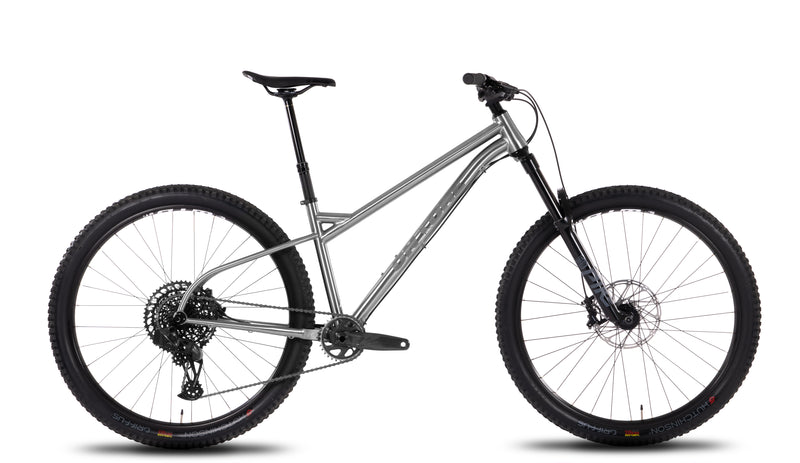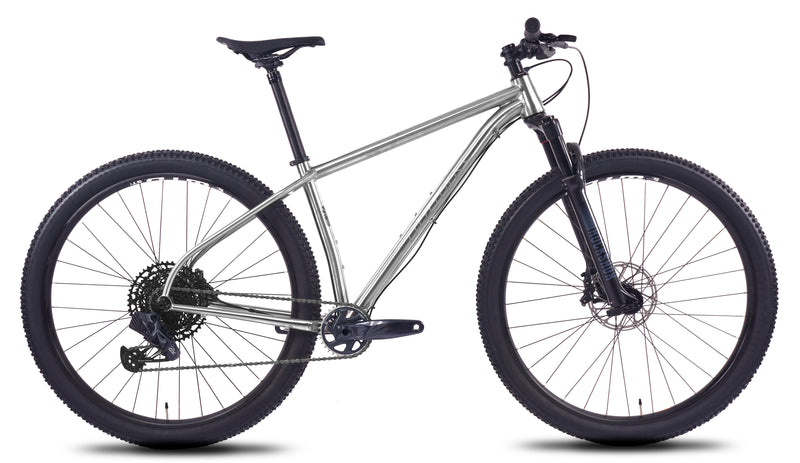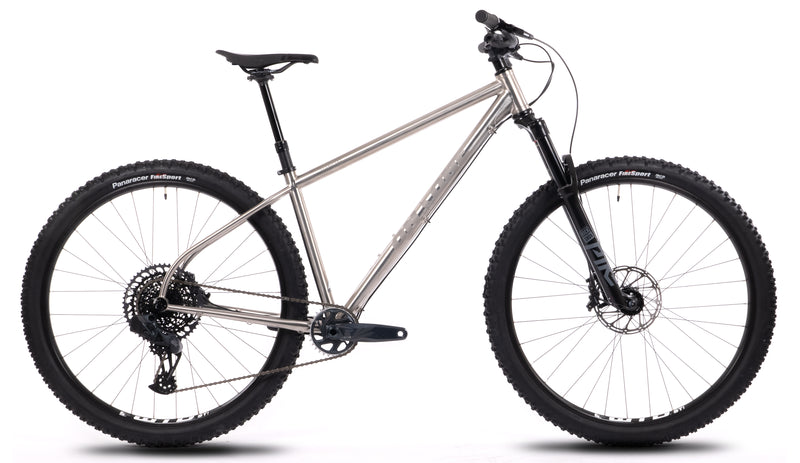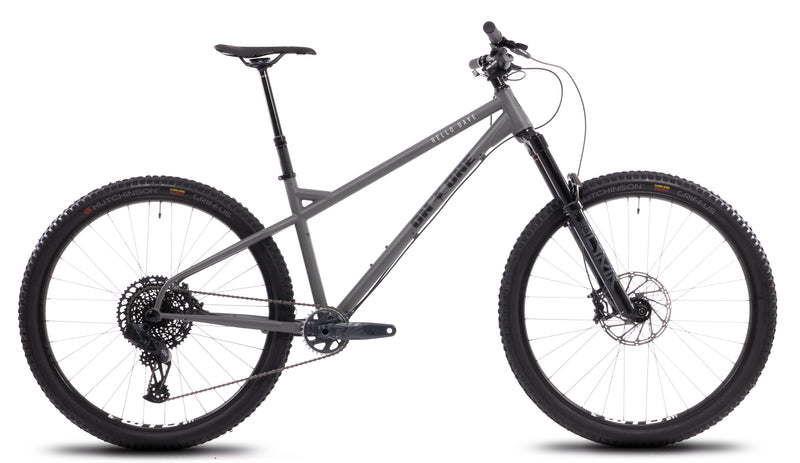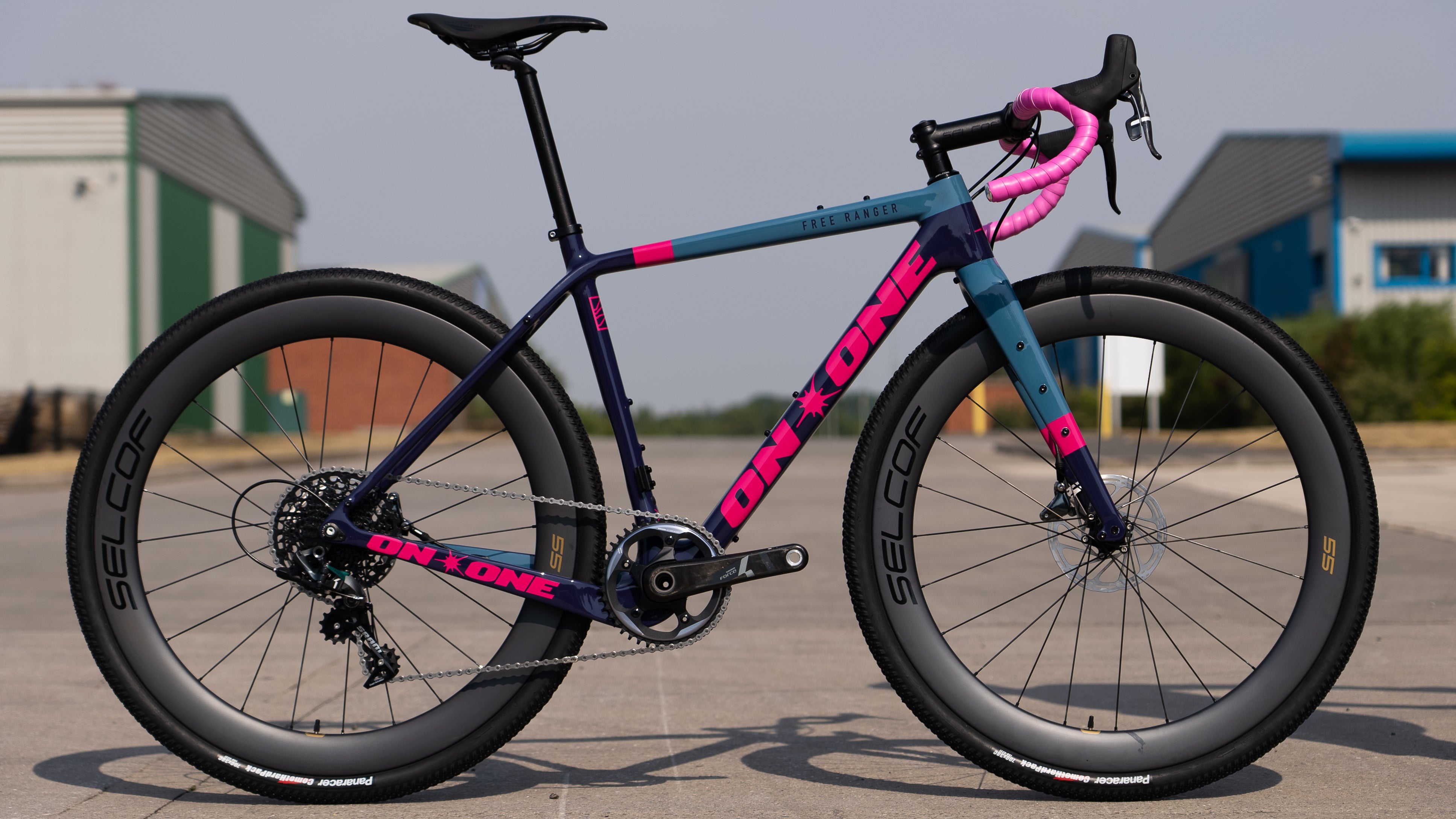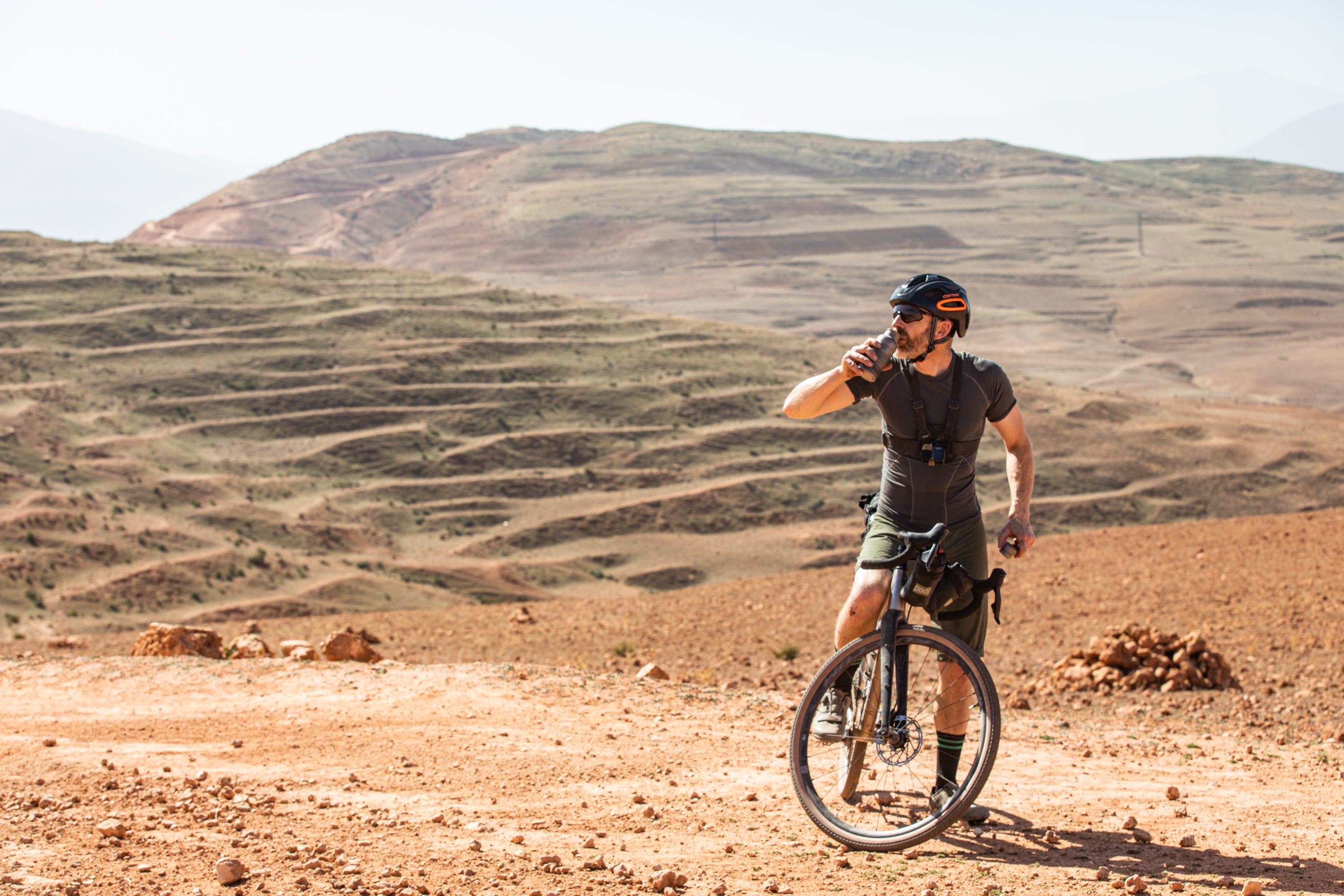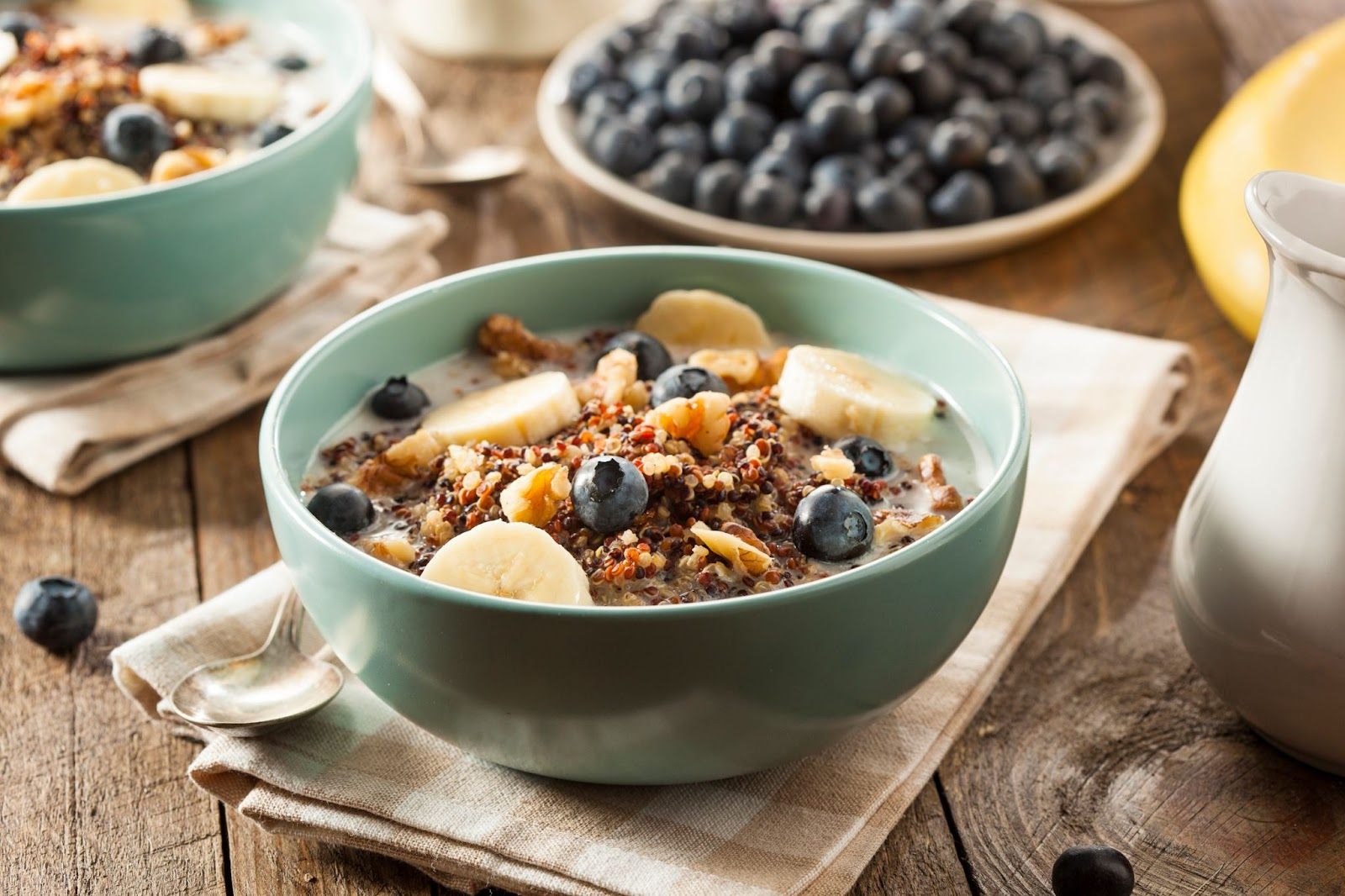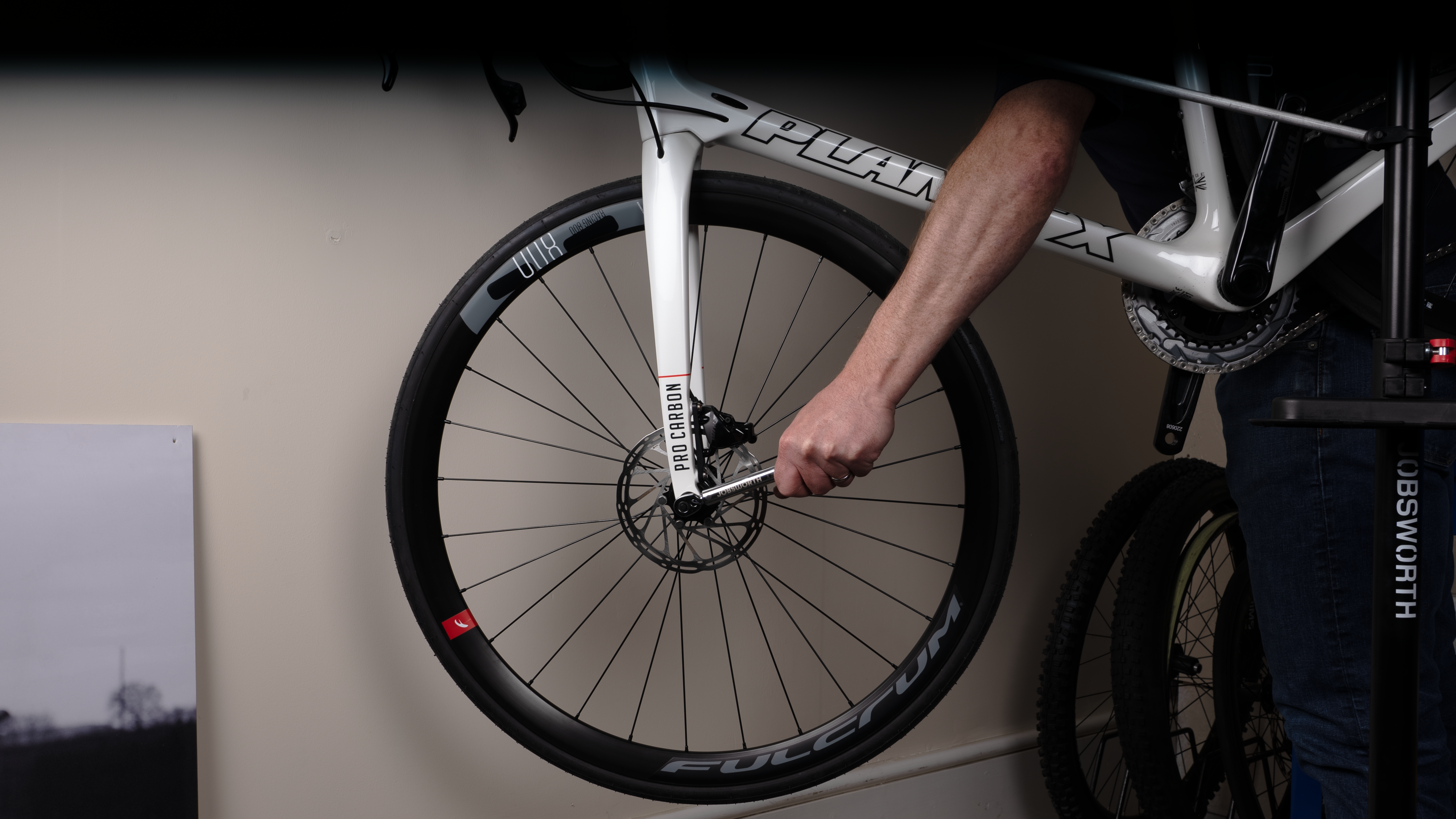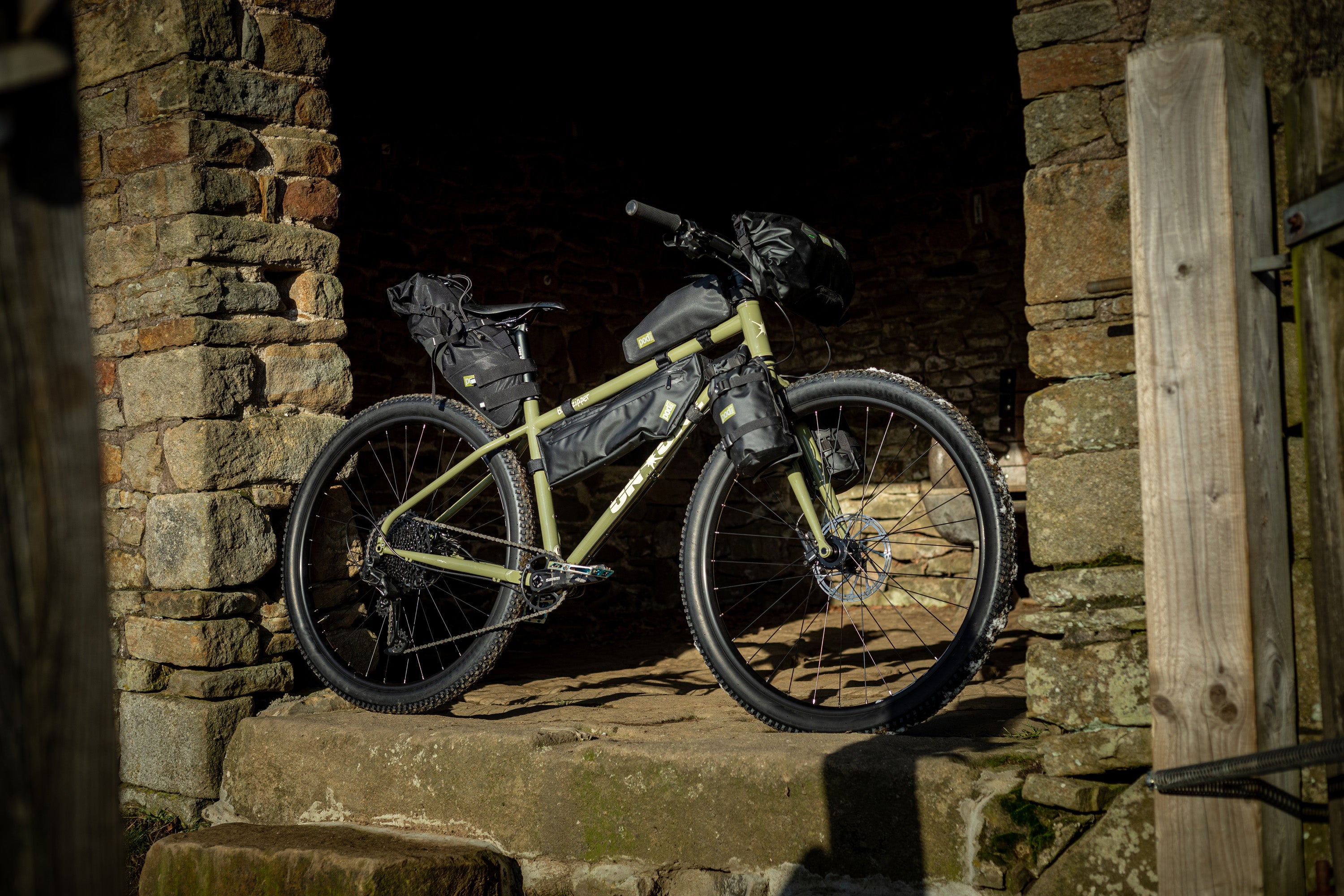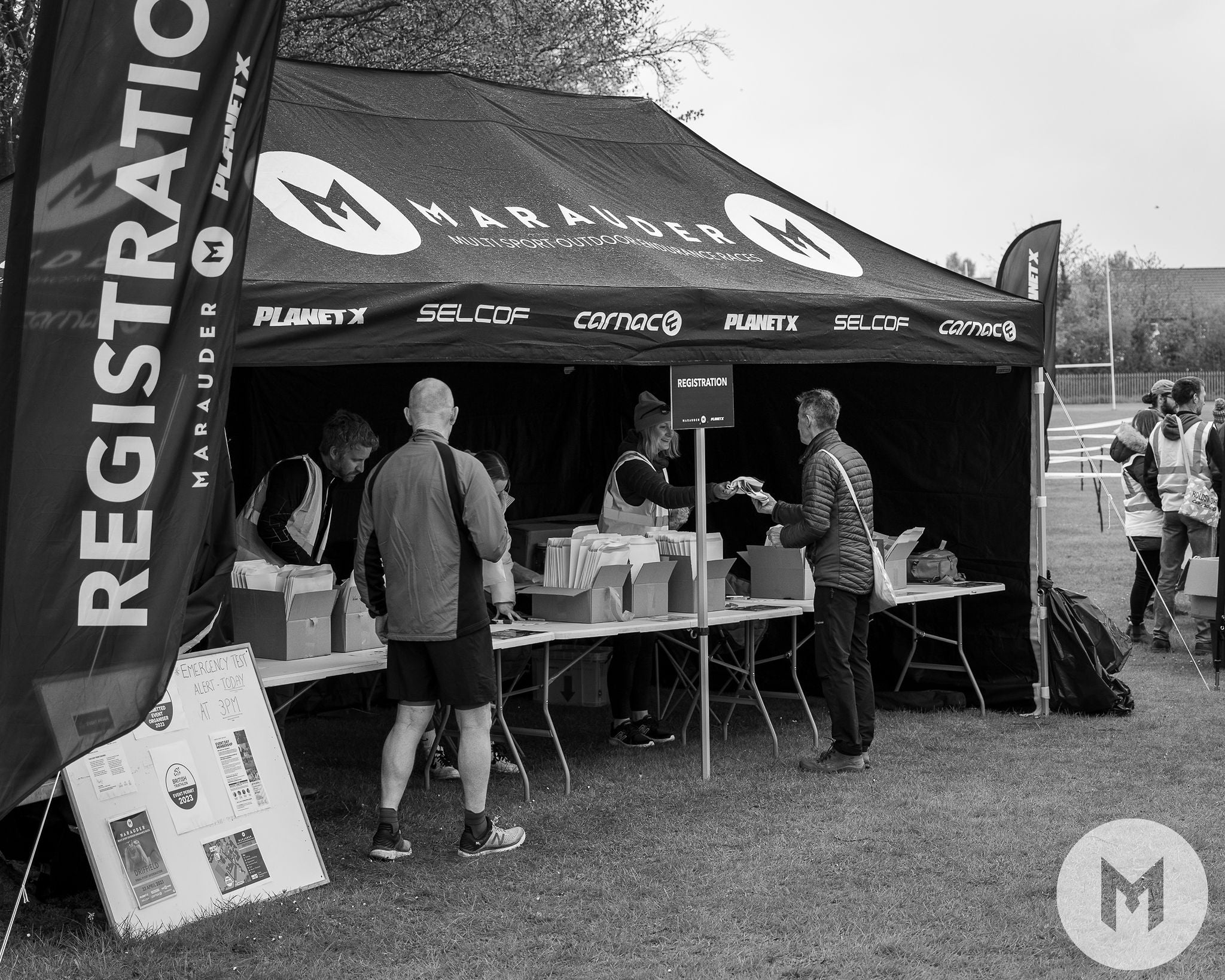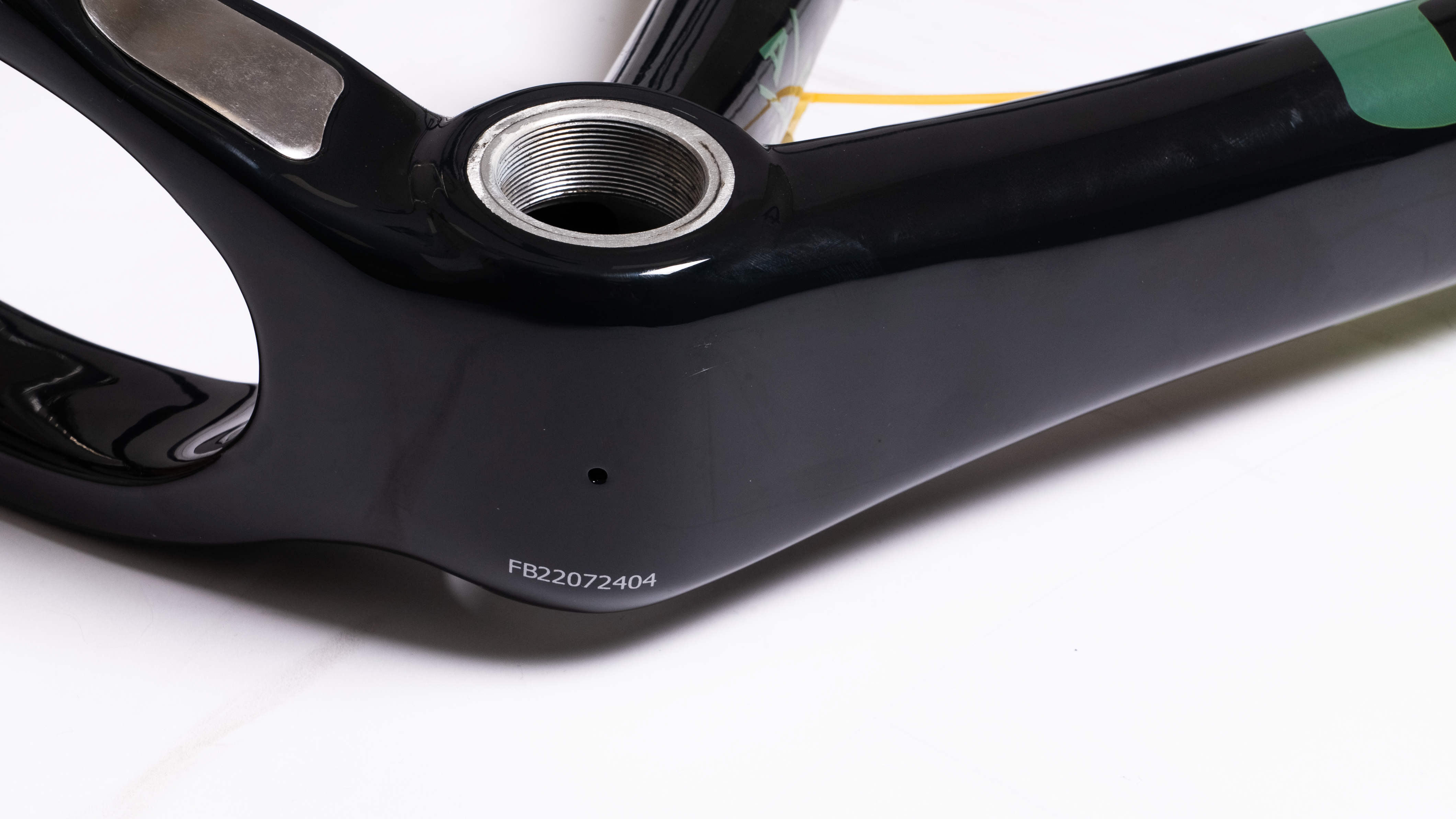How to wear cycling clothes
24 January 2023

If you’re looking to get started with cycling on a budget, it’s understandable to want to cut costs wherever you can. One area you might be tempted to do so with is cycling clothing. After all, do you really need a whole new set of clothes just for riding your bike?
As always, the answer isn’t quite as simple as you might like. Strictly speaking, you don’t need cycling clothes in order to get on your bike and ride it - so if you’re a casual rider and you don’t travel far at a time, you might get away without needing cycling clothes. However, if you like to go fast, ride often or ride far… you might just find that cycling clothes really do improve your ride. Here’s how.
What cycling clothes do I need?
When you’re assessing what cycling clothes you should buy, it’s important to consider why you’re getting them. In fact, most cycling clothes have at least one of three purposes. These are:
-Ventilation/Insulation
-Creation of an aerodynamic silhouette
-Protection
Some items may tick off all three of these points. For example, a pair of cycling leggings may provide insulation on a chilly day, as well as being slim fit to reduce drag and improve your performance. Additionally, though, the slim fit may have another benefit - protection. Regular trousers or skirts can easily get caught up in the pedals, chain, wheel spokes and more, which may cause an accident.
Of course, there are things you can do to make your regular clothing more suitable for cycling in. For example, using cycling clips to keep your trousers from snagging in the components of your bike. However, regular clothing - or even sports clothing that isn’t specifically designed for cycling - won’t give you all the benefits that cycling clothing can.
Do I need cycling shorts?
Although cycling shorts aren’t necessary in the strictest sense of the word, you’re unlikely to find many cyclists who’ll willingly forgo them. We’re not just talking about the pros either - amateur cyclists also swear by cycling shorts, and for one simple reason.
Chafing.
It’s the curse of any cyclist who dares to ride without their trusty padded cycling shorts. You may feel quite comfortable sitting astride your bike in a pair of running shorts or leggings, but after a lengthy ride you’ll realise that feeling was only temporary.
Whether you’re a seasoned bike rider or you’ve just got started, cycling for long periods of time or long distances will cause chafing. And when it comes to your crotch, you’ll be grateful for the padding included in cycling legwear. This padding is known as the chamois (pronounced ‘shammy’) and helps to reduce friction where you need it most. It’s usually also antimicrobial for added hygiene.
It’s worth noting that there are men’s cycling shorts and women’s cycling shorts for a very good reason - different levels of padding and foam densities are required in each case. This allows for a better, more comfortable fit for all. You can also use chamois cream to reduce friction even more if you’re going for a long ride - but be aware that you should usually be able to ride for around an hour without chamois cream. If you’re feeling the pinch before then, it may be a sign you need a bigger size of shorts.
Do I need a cycling jersey?
It’s clear to see how a well-padded pair of cycling shorts can benefit you even in the short term, but what about a jersey? Without the need for padding, surely any light jacket or sports top would be appropriate, right? Again, no. The design of cycling jerseys includes various subtle features that makes them the best you can get for cycling - no matter what discipline you enjoy.
Firstly, consider the pockets. If you’re wearing cycling shorts or bib tights, the chances are you won’t have many pockets, if any. Cycling jerseys are designed to have slim fit pockets at the back so you can store snacks, your phone, your keys, your wallet or purse and whatever other essentials you need for your ride.
The next thing to think about is the fit. All cycling jerseys will incorporate some level of aerodynamics into their design to give you the edge - but you can choose either regular fit or aero to suit your ride. Of course, if you’re not particularly concerned with aerodynamics you could also switch out a cycling jersey for another sports top and get the same moisture-wicking benefits. That is, of course, if you don’t mind the shape of the top being all wrong.
Think about your cycling position - arms reaching out, leaning forward. In this position, a regular shirt would ride up at the back, potentially leaving your lower back exposed to the cold, rain or sun. You’ll likely also have fabric bunching up at the front, which can impact your aero position as well as being physically uncomfortable. If you compare a cycling jersey to a regular t-shirt, you’ll find jerseys usually have a longer back, a shorter front, a higher neckline and sleeves shaped to accommodate outstretched arms.
How to layer cycling clothing
Of course, the weather must play a part in your cycling attire. Unless you’re incredibly lucky, it’s a fair bet to say at some point you’ll have to face cycling in the cold or rain. This is where layering comes into play - and no, you won’t need your anorak.
There are a few staples of cycling clothing you may find useful if you’re an all-weather cyclist, including:
Baselayers - to conduct moisture and sweat away from the skin and stop you from cooling off too quickly
Cycling glasses - to protect your eyes from wind and rain
Rain or wind jackets - to prevent you from getting too cold or wet during your ride
So on a windy or rainy ride, you’ll want to kick things off with top and bottom base layers, then cycling shorts and a good quality jersey, followed by a rain or wind jacket to keep the worst of the weather off your back. You might also consider extras such as insulated gloves, a warm winter hat and cycling glasses.
All of these additions are designed to be as aerodynamic and safe to ride in as possible so they don’t hold you back when cycling, making them far more effective than regular clothing alternatives. And while they might not be 100% essential, they can make your ride far more enjoyable when the weather isn’t on your side.
